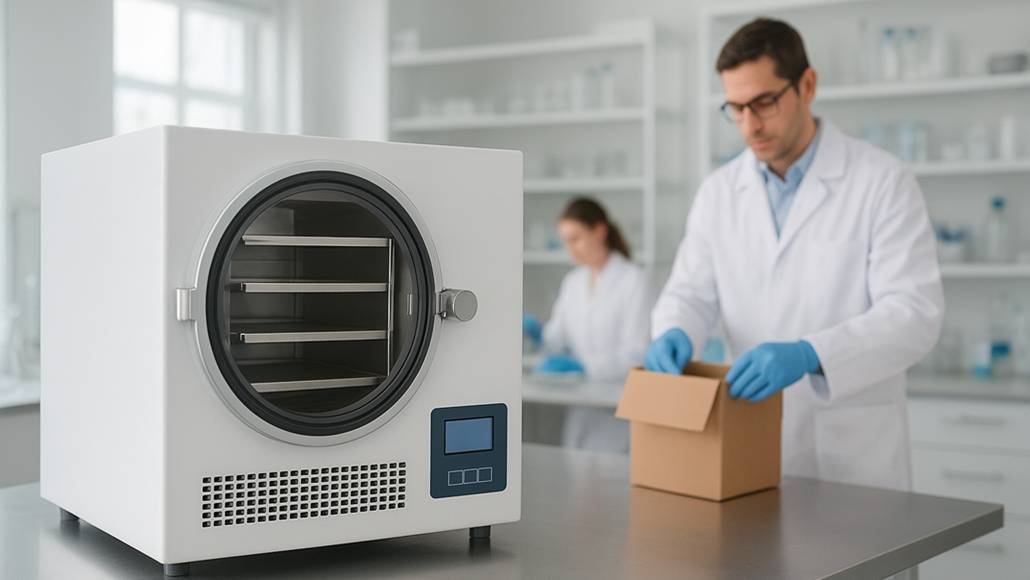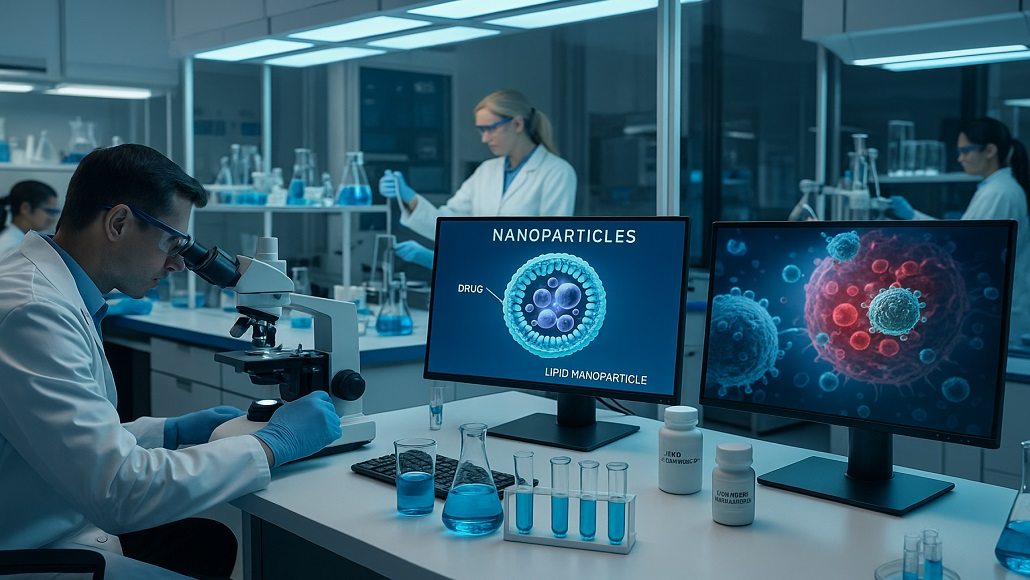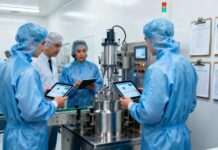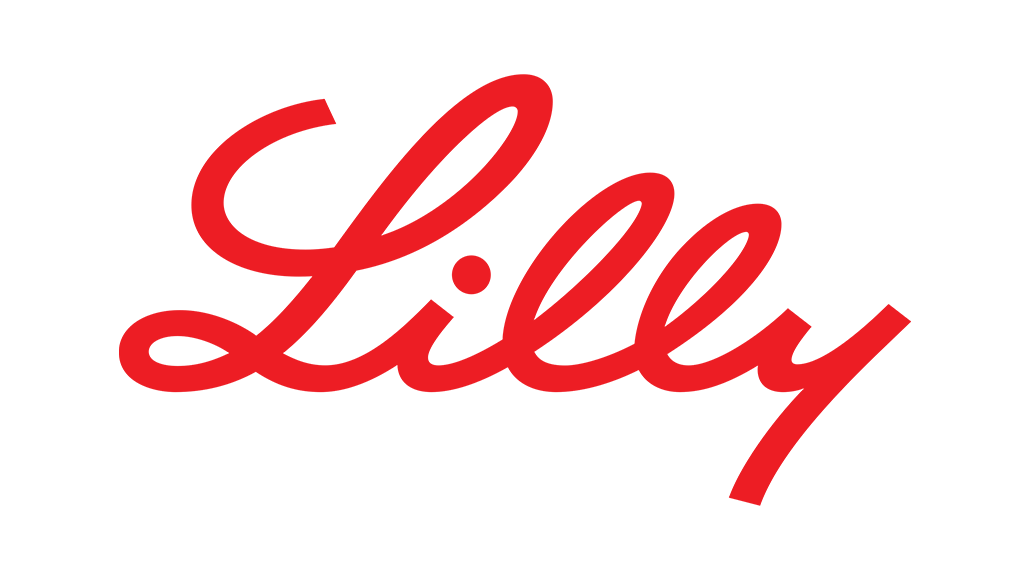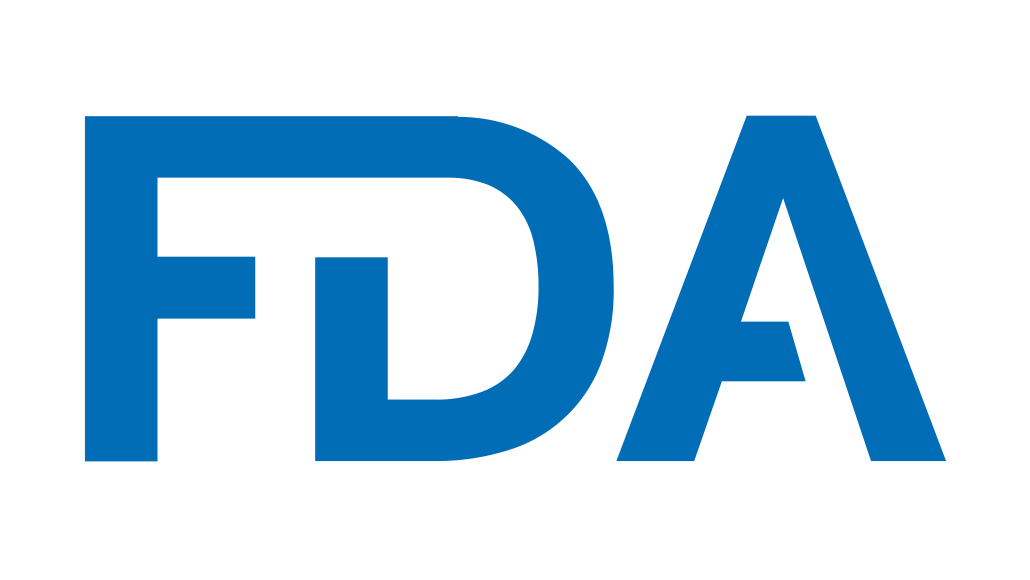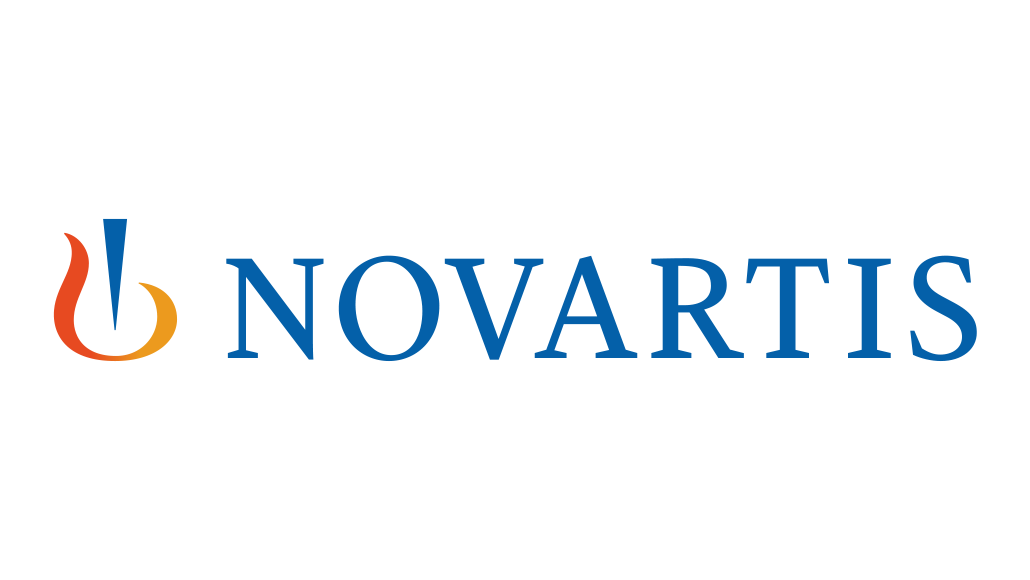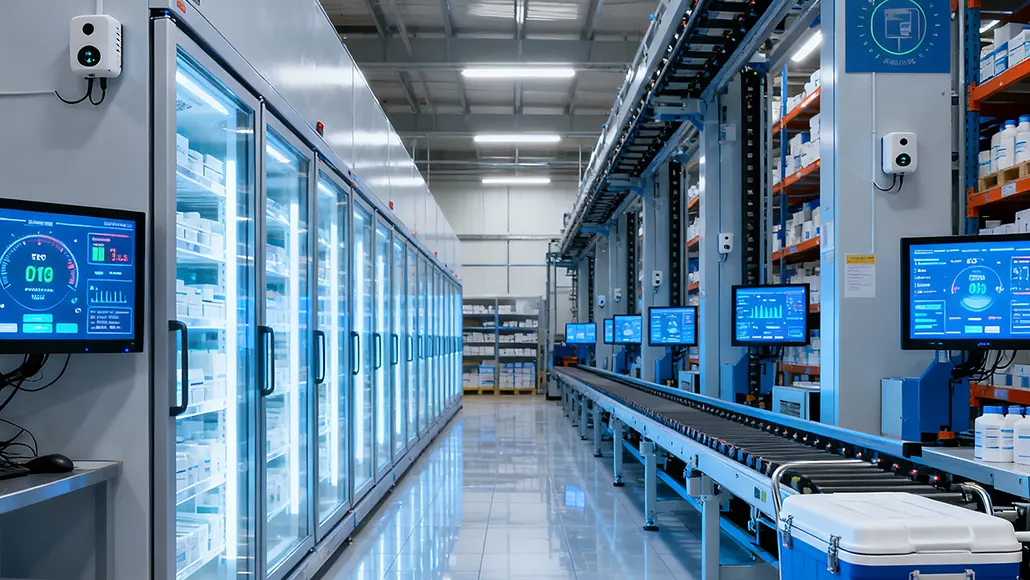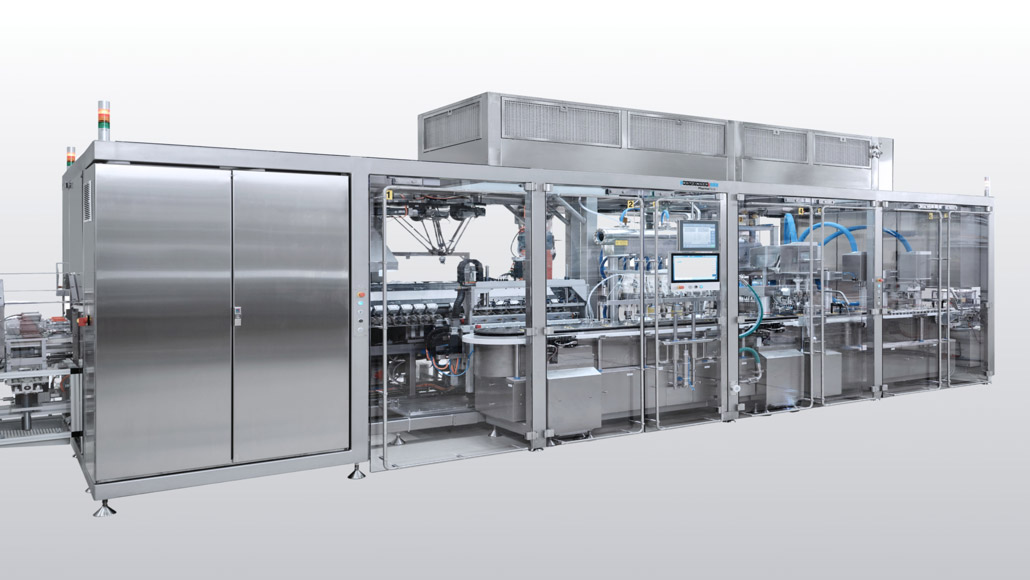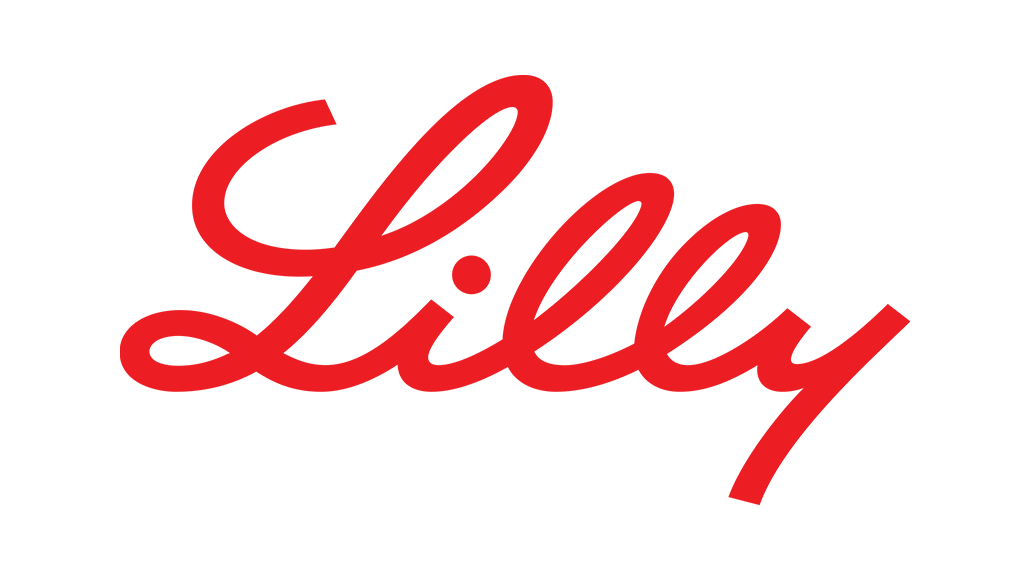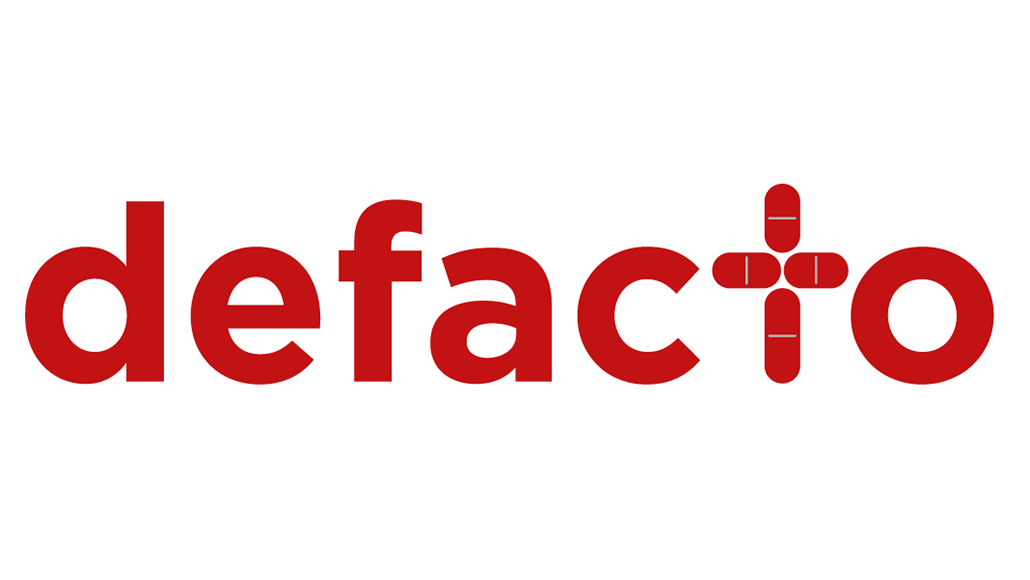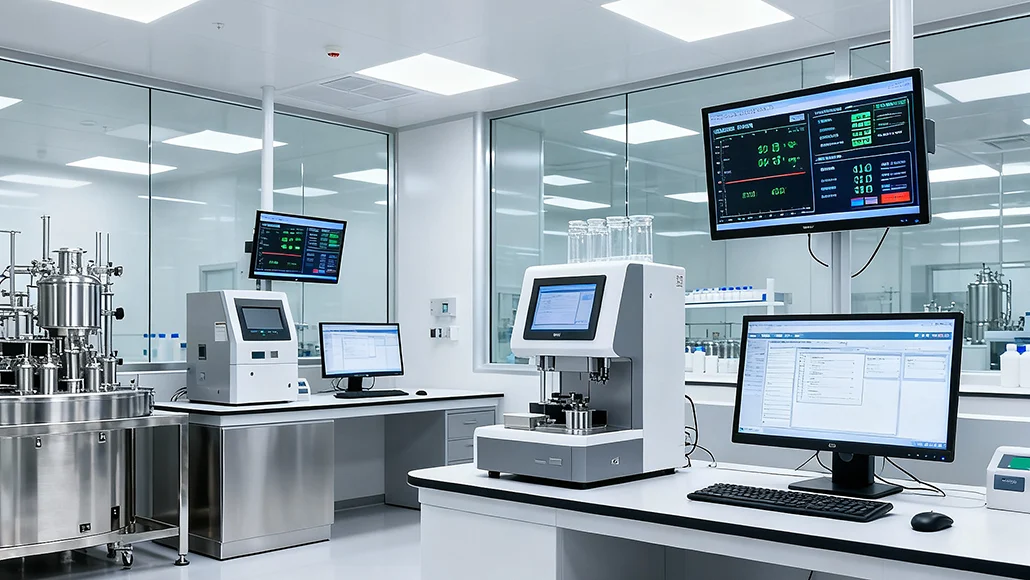Bristol Myers Squibb, Takeda Pharmaceuticals and Astex Pharmaceuticals have joined forces in a new collaboration that seeks to harness artificial intelligence to accelerate drug discovery and development. The three companies are contributing proprietary research data as part of a wider consortium that also includes AbbVie and Johnson & Johnson.
As part of the initiative to boost AI based drug discovery, the firms will provide data to several thousand experimentally determined protein–small molecule structures, which will be used to train an AI model called OpenFold3. This project is being coordinated under the AI Structural Biology Network, an industry-led effort conducted in partnership with the AlQuraishi Lab at Columbia University. By supplying such large and diverse datasets, the companies hope to significantly improve the predictive power of OpenFold3 in understanding how proteins interact with small molecules, advancing AI based drug discovery.
Germany-based Apheris explained that the program will rely on a federated data-sharing framework. This structure allows multiple organizations to work together while ensuring that sensitive information remains protected, since each dataset is kept securely at its original source. This approach lets Apheris’ computing platform combine insights without shifting or exposing data. The ultimate goal is to enhance the accuracy of OpenFold3 and create a model that reflects the combined strength of contributions from across the pharmaceutical sector.
The federated platform allows multiple companies to “advance predictive models for small molecule discovery in ways no single organization could achieve alone,” said Payal Sheth, vice president, discovery biotherapeutics and lead discovery and optimization at Bristol Myers Squibb. Hans Bitter, head of computational sciences at Takeda, added that this consortium really ties into our larger corporate goal of embedding AI throughout all of what we do; and also a nice example of how we can come together as pharma companies and do even more for patients than we could if we did it on our own.



